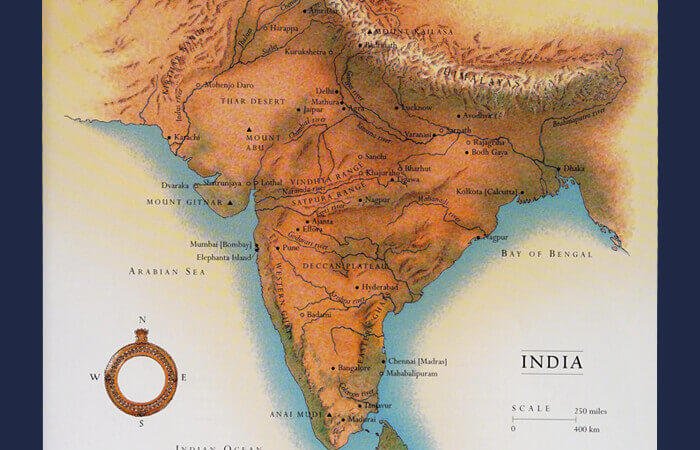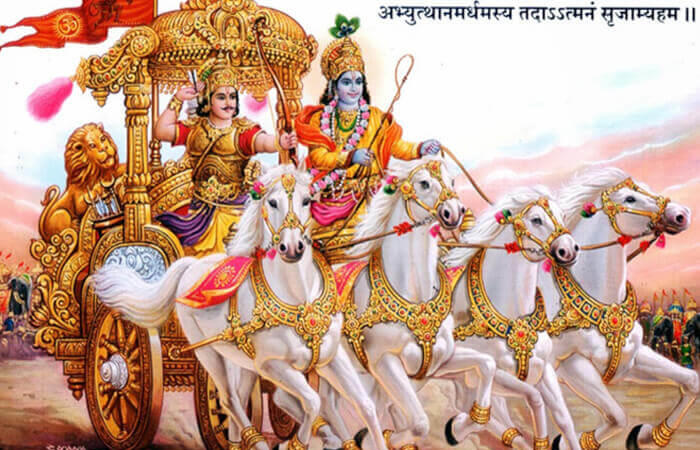The Footwear Once Worn By Men And Women In India
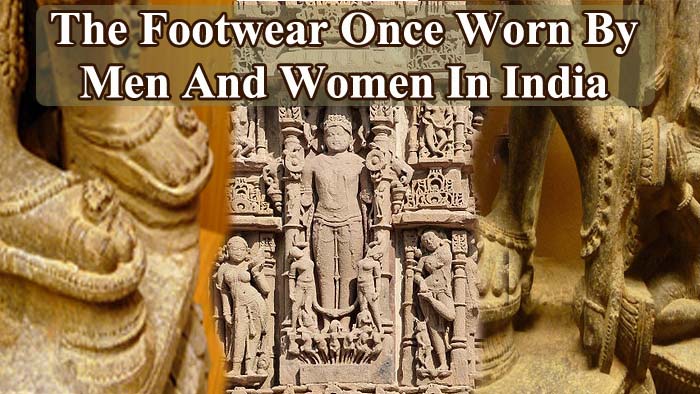
The use of footwear in India can be traced way back to 200 BC. We can see features of the kings wearing boots in various coins and paintings of the Kushan period (130 BC to 185 AD) and the Gupta period (320 to 550 AD). In ancient times, wearing leather was not considered good in India as the cow was considered as scared hence sandal made of wood, plant fibers, metals were used.
The history of footwear goes back to the centuries-old Vedic period.
Some of the written evidence is.
-
In ancient Indian texts Rigveda, Yajurveda Samhita, Atharvaveda, Brahmans, and Panini Grammer, footwear has been mentioned with Sanskrit term ‘ Upanah’ or ‘Upanat’. This footwear (sandals and shoes) were made from grass, wood, and leather. The oldest forms of footwear still being worn in India are the Paduka, a simple thong sandal made with a wooden sole, and a knob on a post between the big toe and second toe.
-
As per great epic Ramayana, Bharata returned from Chitrakuta carrying the Rama’s paduka (toe-knob sandal or khadau) and ruled the Ayodhya after placing the paduka on a throne in Nandigram, as Rama’s proxy. Ravana also holds an umbrella and wears shoes while assuming the form of ascetic for Sita’s abduction.
-
According to Mahabharata, once Jamadagni got enraged seeing her wife Renuka exhausted in the scorching sun and started sending arrows against Sun god. Then Sun god presented him with a pair of sandals and an umbrella to protect against the heat from below and above. In this great epic, shoes (upnate) and sandal or toe knob sandals (paduka or padu) are clearly differentiated. It also mentions that footwear stealer is born as an “Otikyata” (a lizard)
-
In Shrimad Bhagwat Puran, Lord Vamana is mentioned wearing an umbrella and shoes. Lord Krishna never wore shoes while herding the cows.
-
While leaving the princely life in the 5th century BC, Lord Buddha is mentioned in scriptures having taken off his sandals.
-
Banabhatta, the court-poet of emperor Harsh Vardhan has mentioned in his book Harshacharita (7th century) footwear.
-
Mahavyutpatti (800-815 CE), which contains the Sanskrit and Tibetan terms for understanding Buddhist texts has mentioned the footwear as Padavestanika, Pula, Manda-pulah, etc.
-
Abhidhan Cintamani of Hemchandracharya (11th century) footwear is classified in several categories including Upanat (shoes), Paduka (sandals), Padarakasana, etc.
-
Paduka Sahasram of Swami Vedantha Desika (1269 AD-1370 AD) contains the 1000 verses on the Padukas of Lord Vishnu, whose statue is enshrined in Sri Ranganathaswamy Temple (Tamil Nadu).
Physical evidence of the footwear in India
Paduka on sculpture, Orissa State Museum, Bhubaneswar
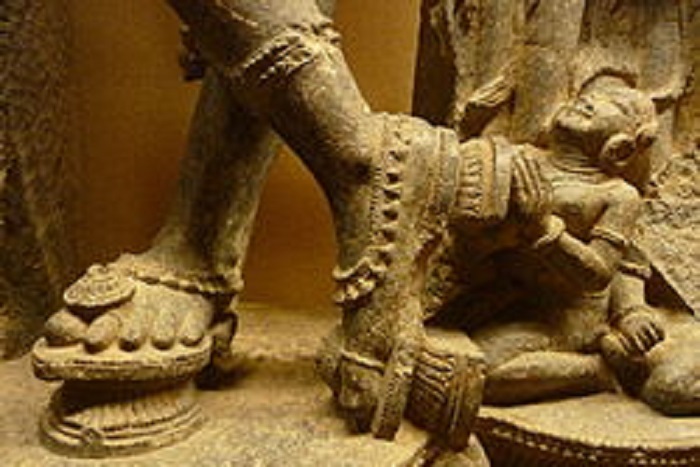
At the archaeological site at Chandraketugarh, about 35 km north-east of Kolkata, footwear with a raised heel and floral motifs used around 200 BC were found. The footwear worn at that time was fancy with moccasins, cotton-padded, partridge-wing, ram-horn, goat-horn, and peacock feathers.
Shilabalika sculpture in the Ramappa Temple
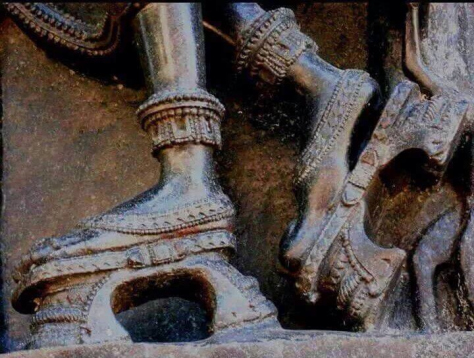

The above shilabalika sculpture in the Ramappa Temple near Warangal exemplifies the fact that fashionable ladies in India wore high-heeled Paduka. This clearly shows that high heels were used in 850 years ago.
Sculpture at Veerabhadra Temple, Lepakshi
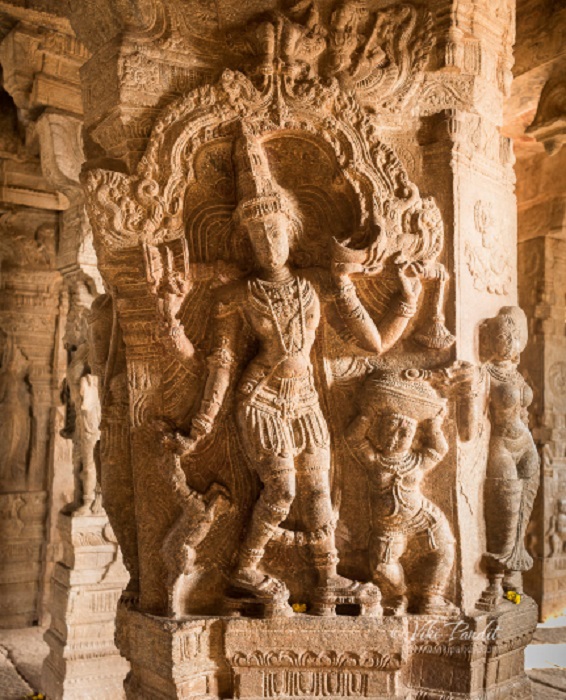
A Sculpture at Veerabhadra Temple, Lepakshi can be seen wearing high heels. This sculpture is said to be of God Shiva as a beggar with Goddess Parvati.
Sculpture wearing sandal
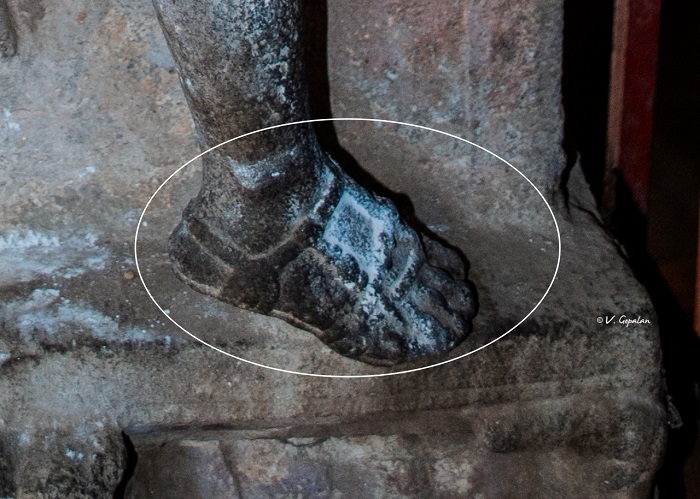
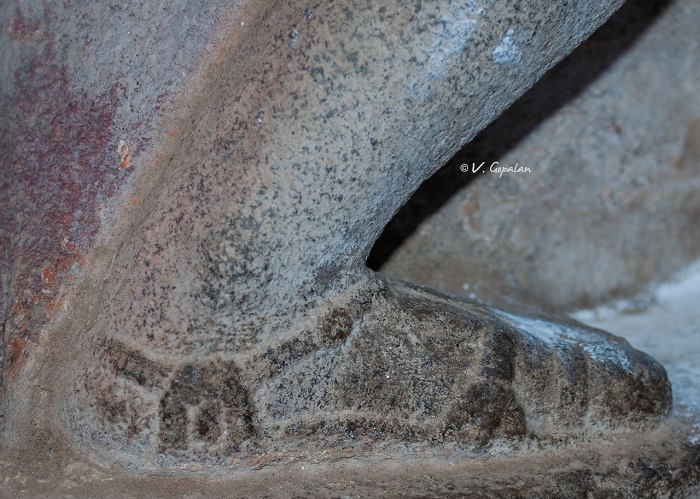
A sculpture is seen wearing sandals that are nowadays a craze among people.
The Buddha statue

The Buddha statue is seen wearing a strapped sandals.
Sun Temple, Gujarat, and Bihar
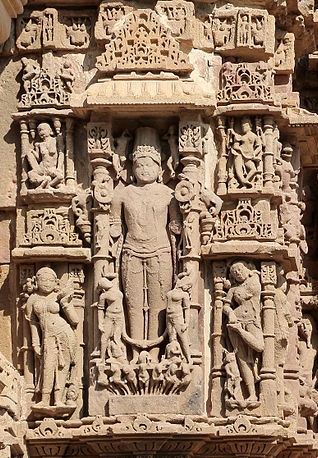
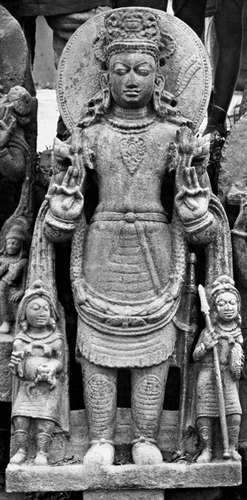
Among all Hindu deities, only Sun god is portrayed wearing the footwear. Modhera Sun temple ( 11th century CE) of Gujarat shows him wearing a belt and long shoes. The granite Sun statue of Dakshinaarka Sun Temple (13th century) of Gaya depicts him wearing a jacket, waist girdle, and high boots.
Ram Paduka in Ramayana
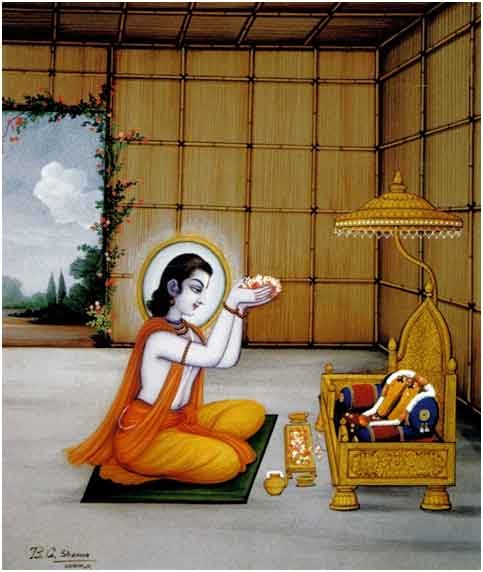
Bharat worshiping Ram’s Paduka. Bharat asked Lord Ram to give his wooden sandals (Padukas) and that he would worship them and rule Ayodhya on behalf of Him.
Gold coin of Kushan period and Gupta Period
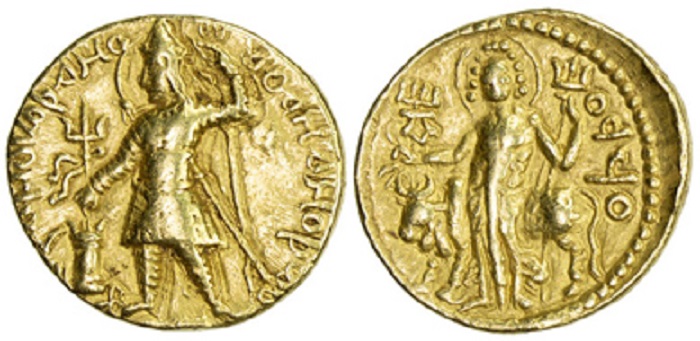
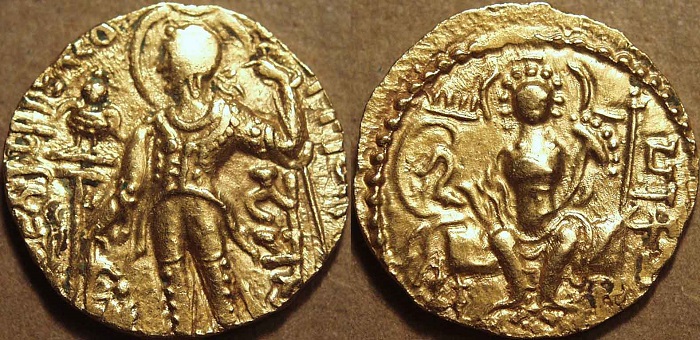
Kushan period( (130 BC to 185 AD) India, the gold coin can be seen with king wearing full boots. The coin of the Gupta period (320 to 550 AD) shows kings wearing full boots decorated with buttons.
Ajanta cave paintings

Ajanta cave paintings (4th to 5th century) also portray the people wearing stockings along with full boots.
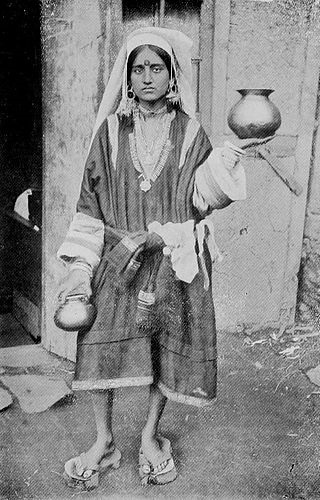
You can see Pandit women wearing sandal having a wooden sole with a post and a stub to provide grip to the foot between the big and second toes.
Suggested Read: Rare and Old Vintage Photos of India



